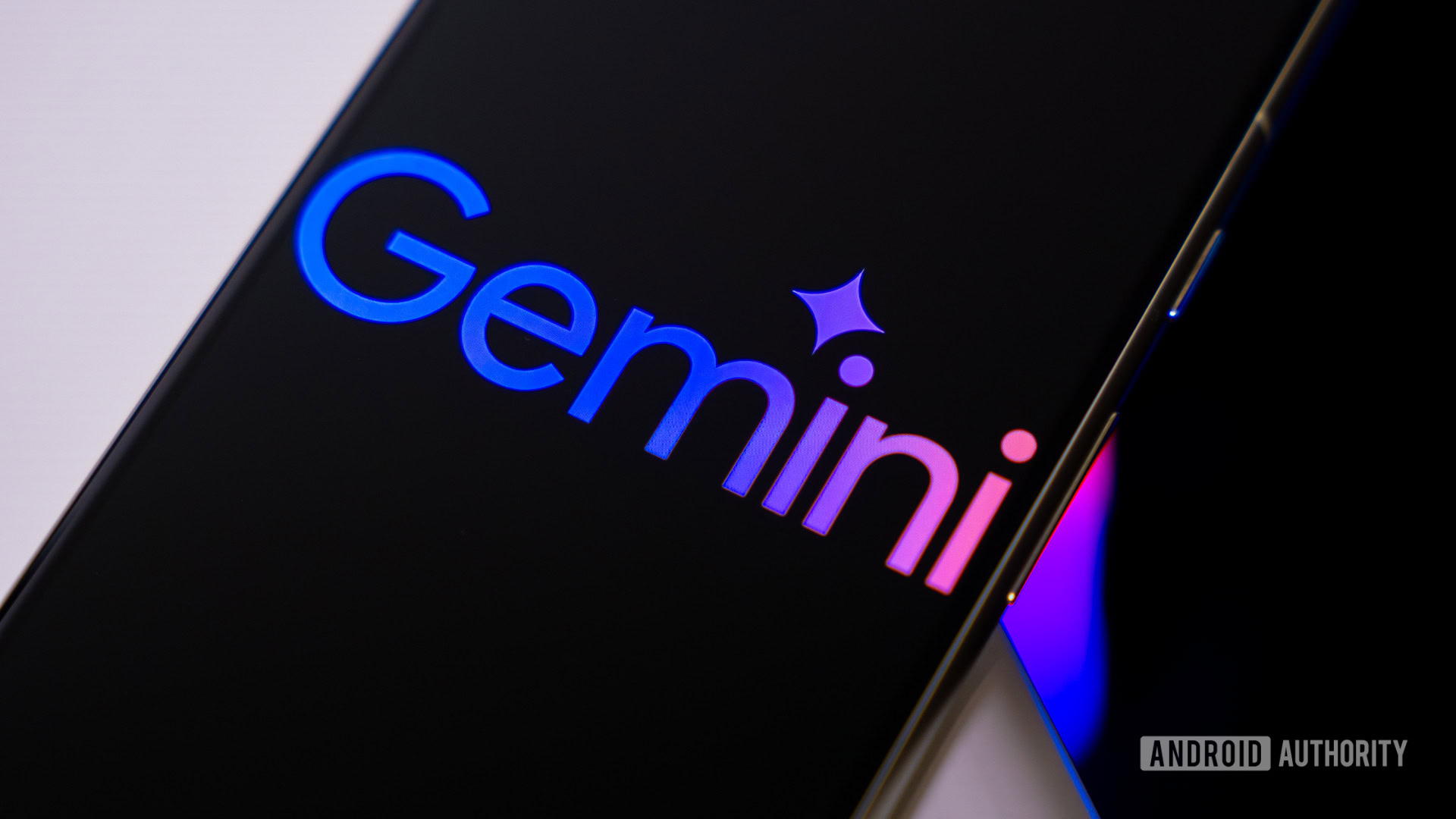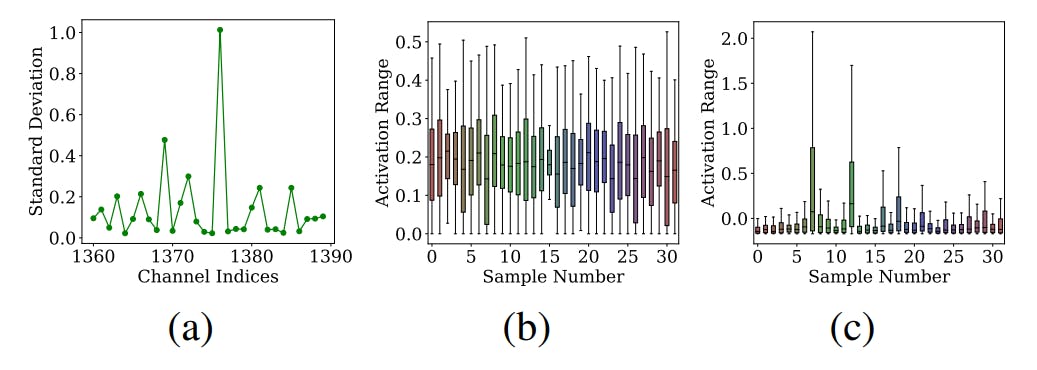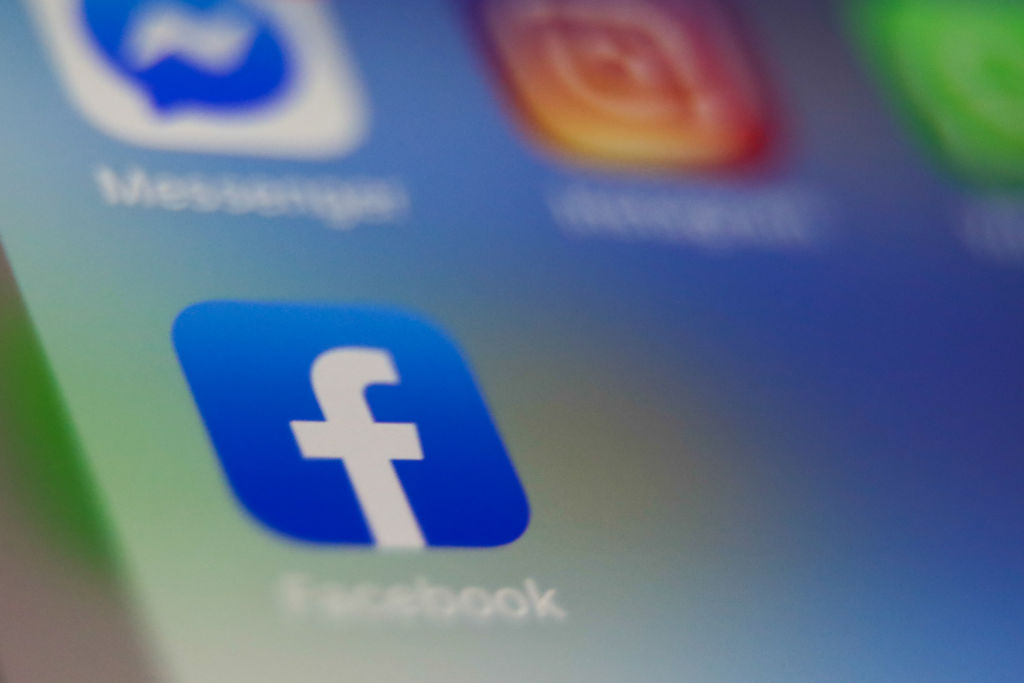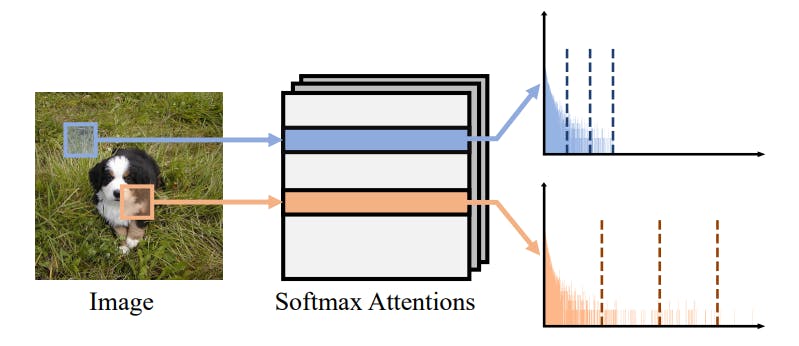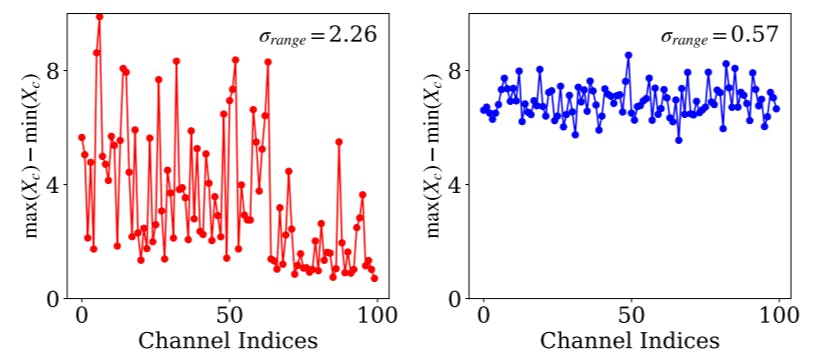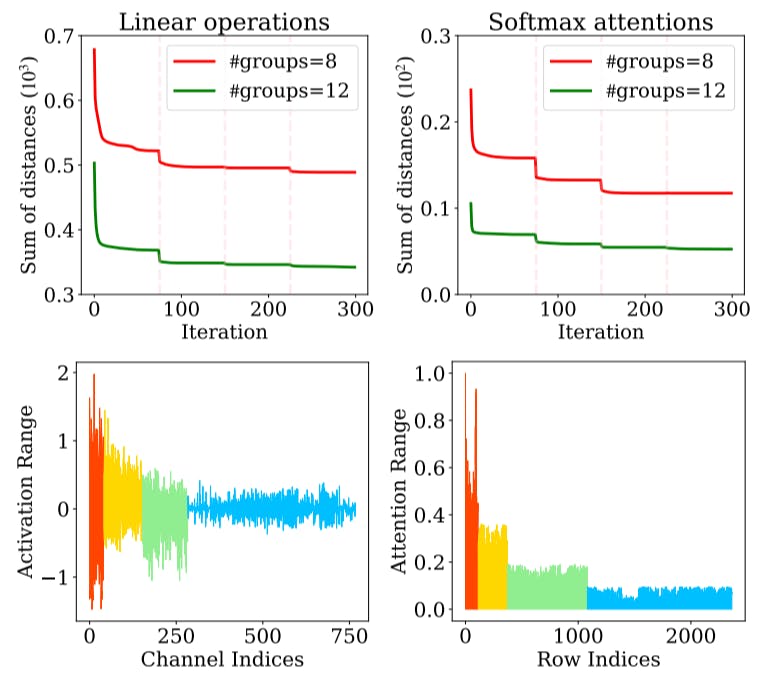The build/buy/partner decision framework
Here’s how to evaluate whether to partner with existing virtual influencers, build your own digital spokesperson, or combine both approaches.
When to partner with existing virtual influencers
Partnerships work best for brands in the exploration phase that want to prove the value of virtual influencers before investing in a full build.
Working with existing virtual influencers delivers reach, insight, and proof of concept without locking you into a full-scale build. It’s the fastest route to execution. The average partnership campaign can go live in weeks, not months.
The investment profile is on par with human influencers. In fact, 85.8% of marketers now expect to pay similar or higher rates for virtual talent. Consistency drives credibility, and virtual influencers deliver on time, on brief, and on brand, every time. They give you total control of the message without the risk or volatility of human behavior.
That said, there are creative trade-offs. You’re working within someone else’s digital IP. The narrative flexibility is lower, and the influencer’s aesthetic may not align perfectly with your brand.
Still, the data suggests it’s a safe and proven entry point. With 58% of brands open to hiring virtual influencers and 22% already engaged, the learning curve is flattening fast. Partnerships offer exactly what every CMO needs: low risk, high insight, and measurable impact.
When to build your own virtual spokesperson
Building your own virtual influencer is a brand platform decision.
You’re creating a long-term asset, not just hiring a face for a campaign. It grows with your brand and works across every channel, more like a mascot than a short-term partnership. It’s closer to building a franchise than signing a one-off deal.
The trade-off can be worth it for many brands because you get full control, zero scandals, and a voice that stays perfectly on-brand every time it speaks. Show up consistently with your virtual influencer, and they’ll transform from “that campaign character” to part of your brand’s DNA.
That’s not to say that building your own virtual influencer is plug-and-play. You’ll need designers, technologists, writers, data analysts, and a team that knows their way around animation, voice, and storytelling. Community management matters too as the human side of the digital story still drives everything. Plus, the process of developing and launching a virtual influencer would most likely take 6 to 12 months.
It’s a significant investment, but the payoff can be substantial. Those that go the virtual influencer route will own a reusable digital asset that doesn’t need renegotiation, doesn’t take sick days, and doesn’t age out of your target demographic.

